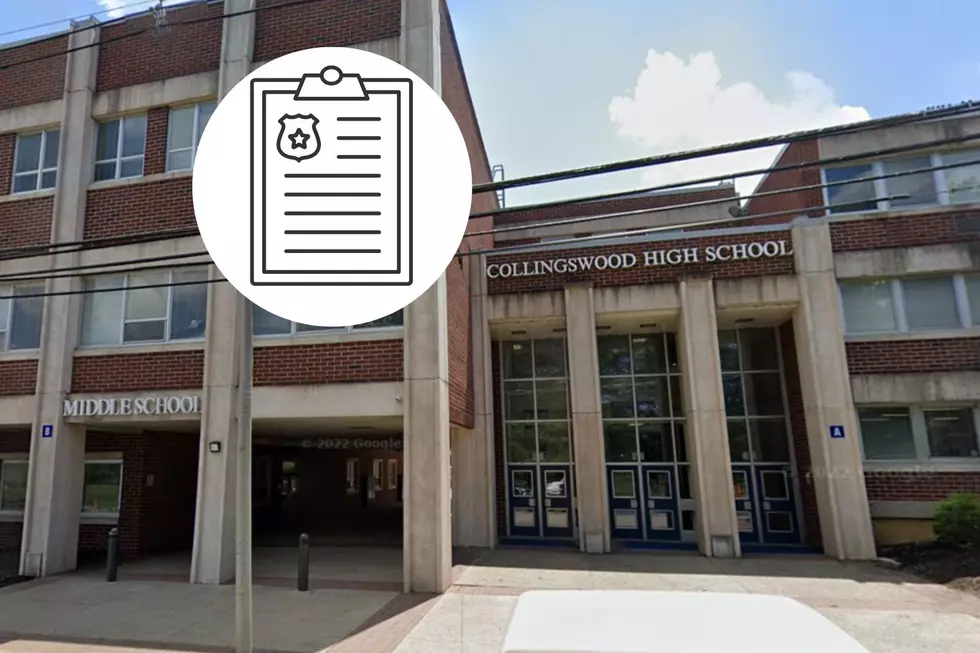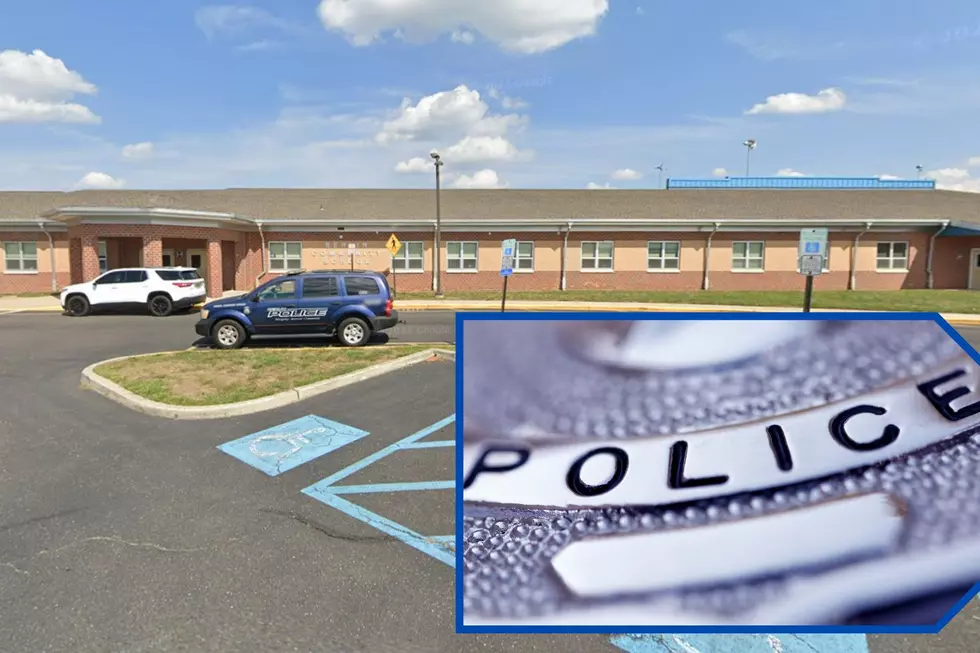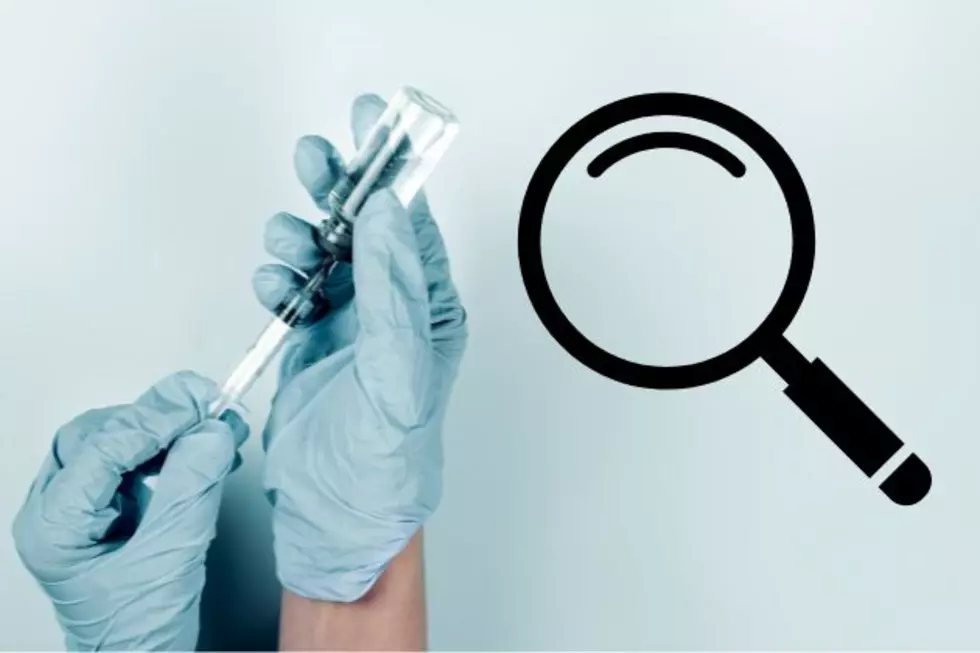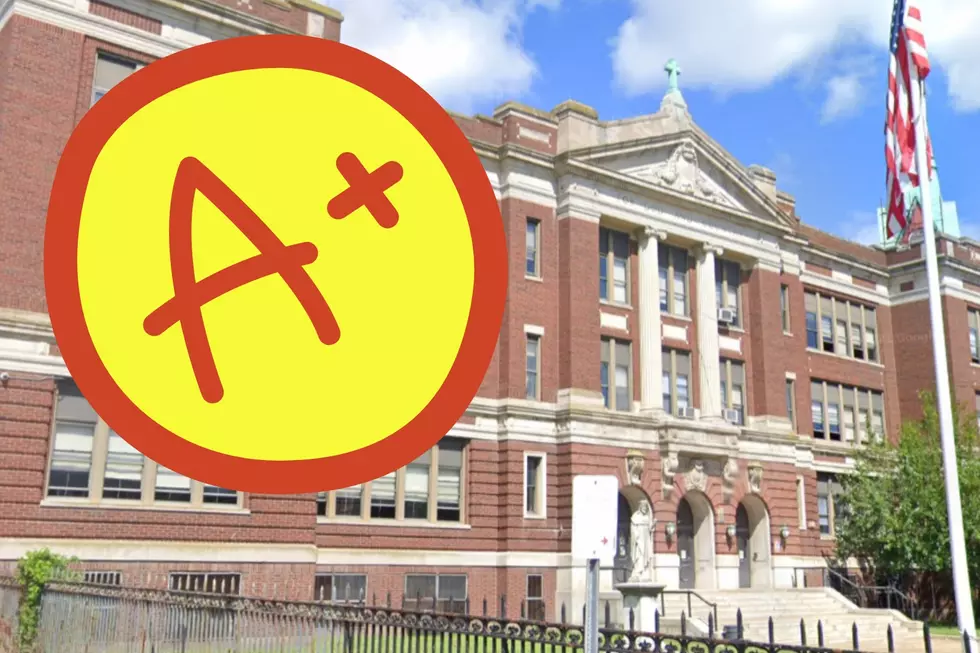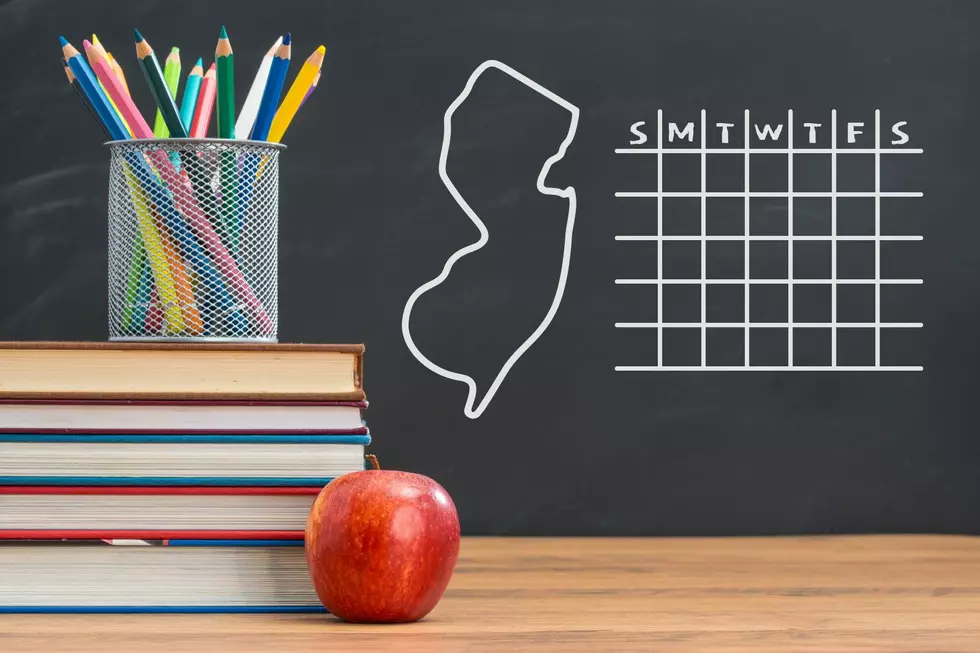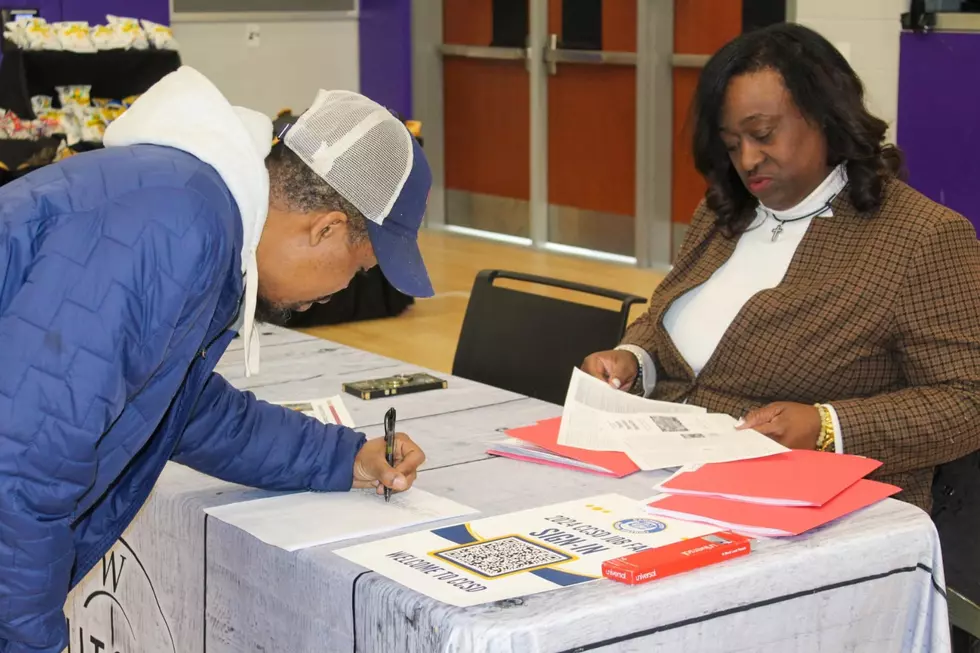
No masks required inside NJ schools in the fall, Murphy says
Masks would not be mandatory inside schools for the new year that begins after summer, unless a district decides to require them, Gov. Phil Murphy has announced.
However, masks still would be required on school buses as of September, pending updated CDC guidance, acting Education Commissioner Angelica Allen-McMillan later said during a remote COVID-19 briefing alongside Murphy and state Health Commissioner Judith Persichilli.
Schools and districts must plan to provide full-day, full-time, in-person instruction and operations for the 2021-2022 school year, according to the amended guidance released by state education and health officials on Monday.
Public schools wrapped up this year with a mask mandate still in-place, though relaxed under schools administrators’ “discretion” in the hotter, final days of classes before summer programs.
There had been increasing pressure over the past couple of months from school superintendents and parents to tentatively announce masks as optional for the upcoming school year.
Among other health and safety recommendations for the upcoming year, schools are urged to consider keeping the three feet of distance between students in classrooms when possible, as well as avoiding facing desks in the same direction and avoiding grouped seating.
These recommendations take the place of school requirements in place under an executive order set to expire in early July, Allen-McMillan said.
Masking, COVID testing and student grouping or “cohorting” still may come into play during periods of high community transmission or if vaccine coverage is low in a given school or district, under the guidance.
School administrators also have been asked to consider keeping smaller cohorts or groups of students with dedicated staff who remain together throughout the day, including at recess, lunchtimes, and during extracurricular activities.
Most schools spanning kindergarten through high school would have a mixed population of fully vaccinated, partially vaccinated and unvaccinated individuals heading into September, according to the updated guidance.
That mixed status in part is due to no COVID vaccine currently okayed for any students younger than 12, Persichilli said during the same briefing, adding that it was extra reason to maintain the layered approach to keeping coronavirus from spreading within a school and greater community.
As of Monday, there were 4.95 million fully vaccinated individuals who live, work, or study in the state, of whom 4.72 million received their doses in New Jersey.
Of 9.69 million total doses administered as of Monday morning, about 51,000 have been given to kids 12 to 15, while another 6,000 doses went to those 16 and 17, based on state data.
There were 304 COVID patients in hospitals statewide as of Sunday night, most of them confirmed cases based on test results.
Average SAT scores for every NJ high school
Take a Dip In The Most Breathtaking Backyard Pools in New Jersey
LOOK: Here are the 50 best beach towns in America
More From New Jersey 101.5 FM
